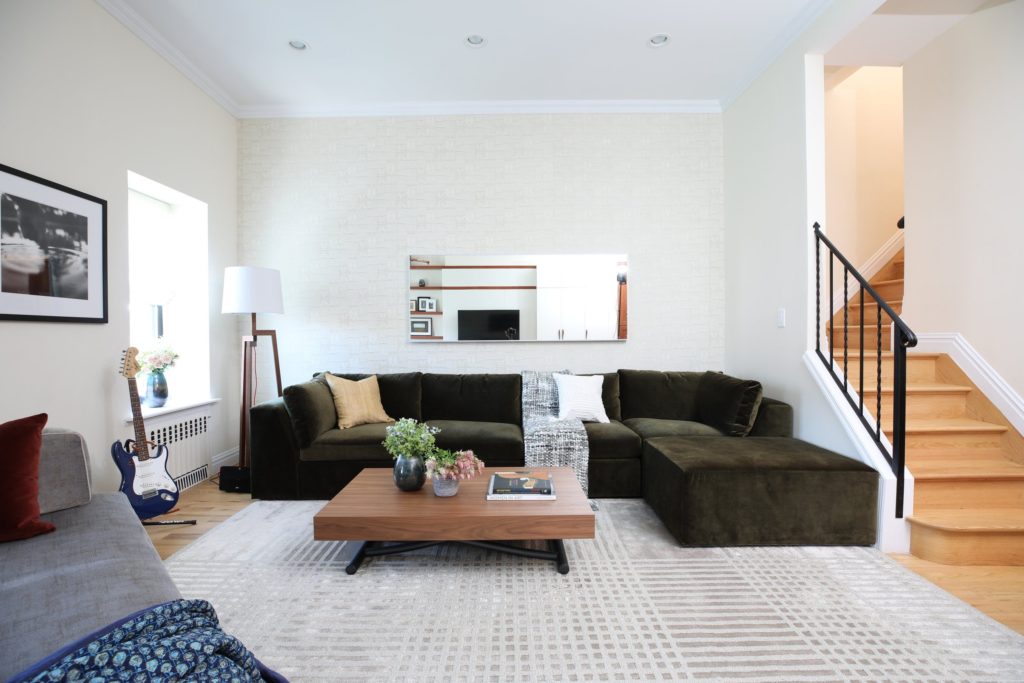I wrote about the Client Lifestyle Interview in a previous post to illustrate how important it is to get to know the person for whom I’m designing. A huge part of the process involves getting to the fine details of my clients’ daily lives – their habits. I want to improve their lives, not just with beauty but with functionality.
Before we can reshape our habits through design, we have to understand our habits and how they influence us. It’s important to know which habits disrupt your daily rhythm. But rather than criticizing yourself for so-called bad habits, you might instead recontextualize them as neutral. Perhaps they are merely byproducts of your personality type. This is easier to do with a friend, where idiosyncrasies may seem like charming quirks. You may even joke about these behaviors amongst your social circle. It’s much harder to do with yourself. But ironically, practicing self acceptance can liberate you to make improvements.

Time and patience
Creating change is difficult, and we may give up if it starts to seem like we won’t ever get there. We form new habits through repetition. Often the impetus for change springs from a moment of optimism — a new job, a new relationship, a new year’s resolution. You go along for days, weeks, maybe even months, but then you start to slip. You occasionally don’t do the thing, reasoning with yourself that it’s just this one time, because you’re tired. After a while, the exception becomes the rule, and you gradually return to your old ways. Feeling defeated, you conclude that you just don’t have the willpower to make meaningful change.
In The Happiness Advantage, author Shawn Achor writes humorously about his own challenges to form a new habit — learning guitar. He speaks about lowering the “activation energy” to get to the task. He discovered that he needed to make his guitar more accessible than his remote control. This involved removing the batteries from the remote control and placing them in another room! Remarkably, he found that the effort required to go get the batteries was high compared to the relative ease of just reaching for his guitar, which he had placed near the sofa.
Acceptance and change go hand in hand
It’s so much more productive to work with the person you know yourself to be, rather than an idealized version of who you think you should be. Furthermore, it is possible to both accept yourself, and create meaningful change through thoughtful decision making. And planning your environment will support that change. So, rather than label habits as “good” or “bad,” why not simply recognize what your habits are, and work with them?
When you design your home, practice this acceptance by allowing yourself some idiosyncrasies, and planning for them. At the same time, you can innovate and improve on your environment in ways that are meant to help you overcome problematic habits. This will serve the dual purpose of encouraging the habits that you want to build upon.
RELATED POSTS
As an Amazon Associate, this site may contains affiliate links and I can earn from qualifying purchases at no cost to you. View disclosure for more information.
I'm Claudia. Welcome to my Interior Design blog! I'm thrilled to share my expertise and passion with you. With over 20 years in the industry, I'm a Certified Interior Designer, holding an NCIDQ Certification, and an educator. Interior Design isn't just my career—it's my passion. Dive in to explore more about me. Click here to learn more!
Hi Friend!
Stay inspired—join our design community by subscribing to the blog today.
subscribe now
Other Posts You Might Like
©2025 Claudia Giselle Design | Interior Designer | Brooklyn, New York
Legal
BACK TO TOP
Testimonials
718-255-5949
Press
office@claudiagiselle.com
MENU
We create thoughtful, personalized interiors for those who value quality and beauty in every detail — serving NYC, Manhattan, Brooklyn, Long Island, the Hamptons, and the Hudson Valley (including Westchester and Dutchess County) & Beyond.
Timeless Classicism with a
Bold Touch of Elegance
Home
Services
Process
About
Blog
Portfolio
Scheudule a Consultation
GET IN TOUCH
Contact





